Uber is now one of the most valuable start-ups of all time, announcing yesterday over $50 BILLION dollar evaluation. Let’s take a look at this unstoppable company and it’s closest competitor, Lyft. Is this a David vs Goliath story? Does Uber have an achilles heel?
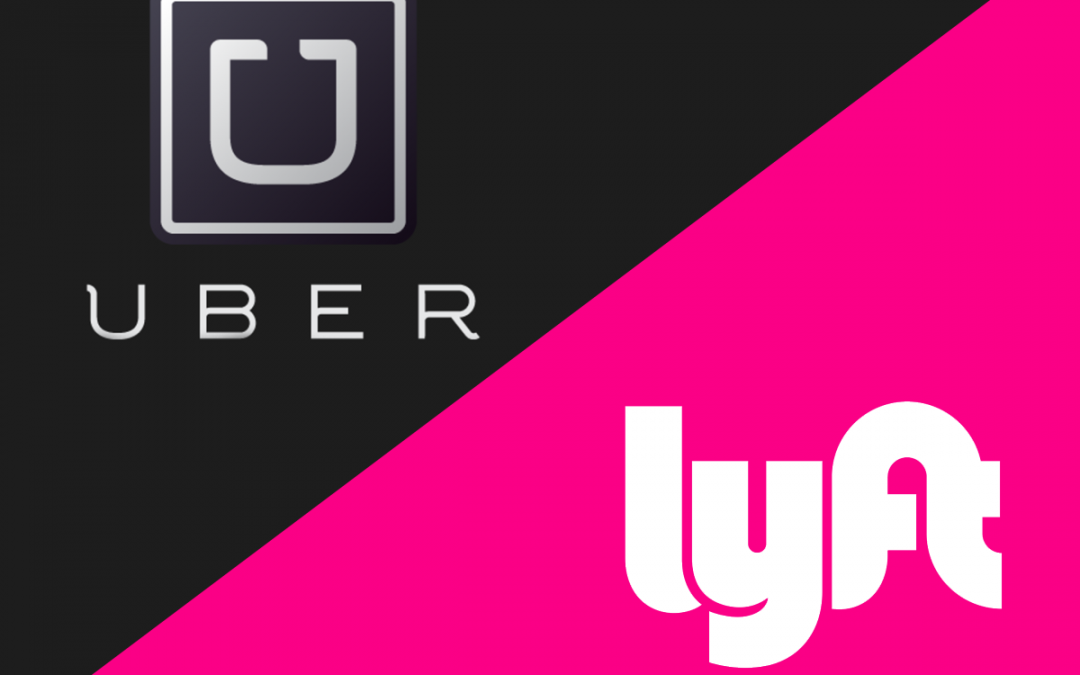
It’s a fact: the share economy has EXPLODED and nowhere can that be seen so well as in the uptick in rideshares.
Personally, I’m an Uber girl, but as a dedicated renter, I decided to take a look at what really sets Uber apart from Lyft, its most direct competitor.
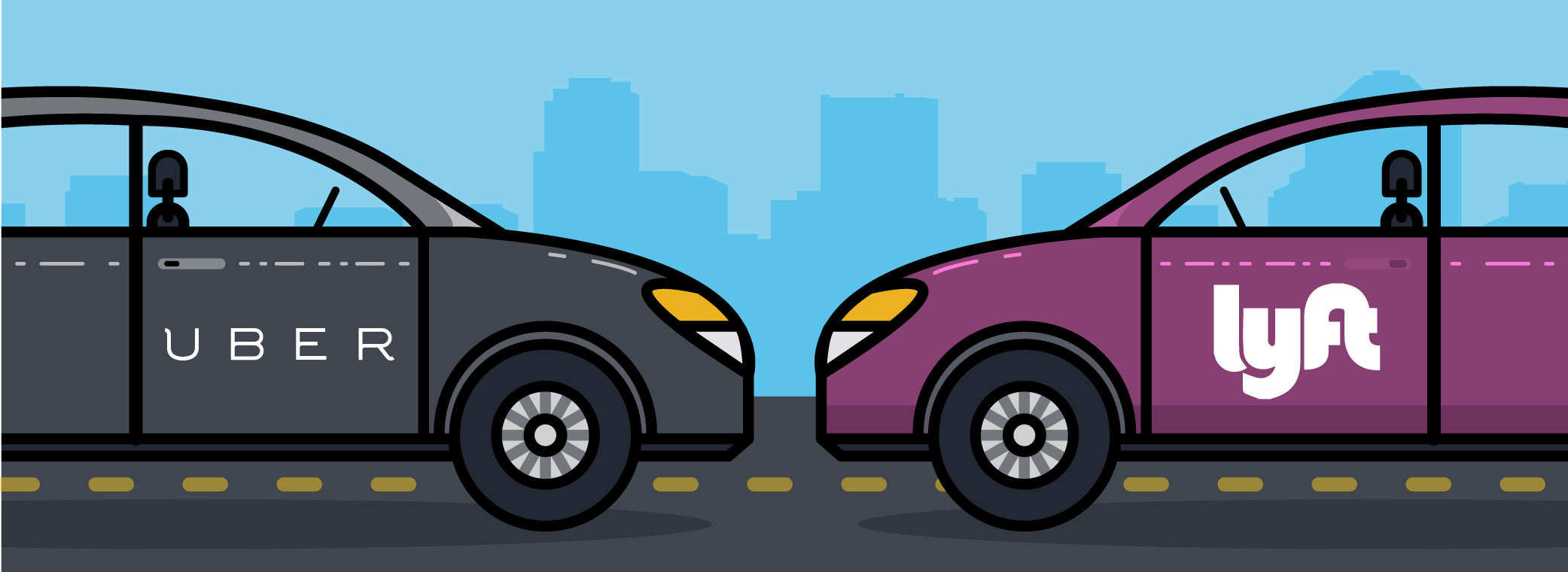
From what I can tell, the two services are actually pretty similar: about equal wait times, similar apps and even similar drivers (there’s a LOT of overlap between Uber and Lyft employees which makes sensedrivers get twice the opportunities that way.) With so much the same between the two, I’ve decided to highlight the areas in which each service is winning. Weigh the pros that matter to you and get ready to ride!

Lyft: Where it Excels
Peak period rates Both Uber and Lyft up their rates for in-demand times (think Saturday nights or the middle of a monsoon) but Lyft stays within reasonable limits. Whereas Uber surge’ pricing can skyrocket to eight times typical rates, Lyft’s prime time prices maxes out at three times the usual cost.
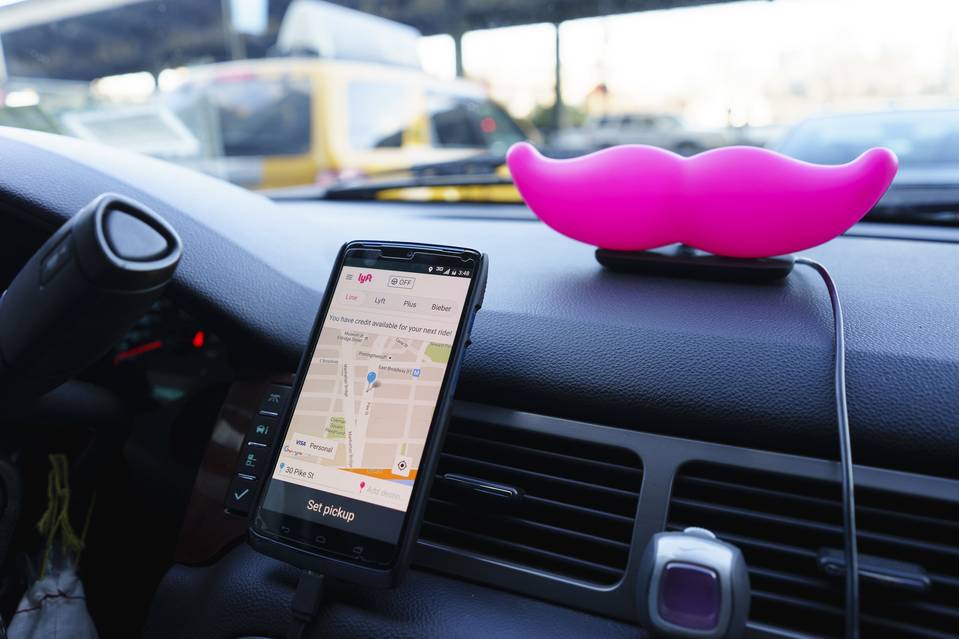
Driver Education: Both companies make sure their drivers are licensed and insured, and background checked, but Lyft also has a mandatory mentorship program. All perspective drivers must meet, drive with and be rated by an already approved Lyft driver before taking any fares. There are still no guarantees, but it adds an extra layer of protection.
The Cool Factor: If you care about these things, and some people do, Lyft has the rep of being the service-of-choice for the young and hip; Uber users are seen as stuffier by comparison.

Uber: For the Win
While Lyft has its strong suits, my money is still on Uber. Here’s why.
Availability: Lyft is great in certain markets, but if you’re in a more remote area, your odds of getting an Uber ride far exceed your chances with Lyft. The last thing I want is to wait around by the side of a dirt road (which could totally happen in certain Nashville outliers), and I trust Uber not to leave me hanging.
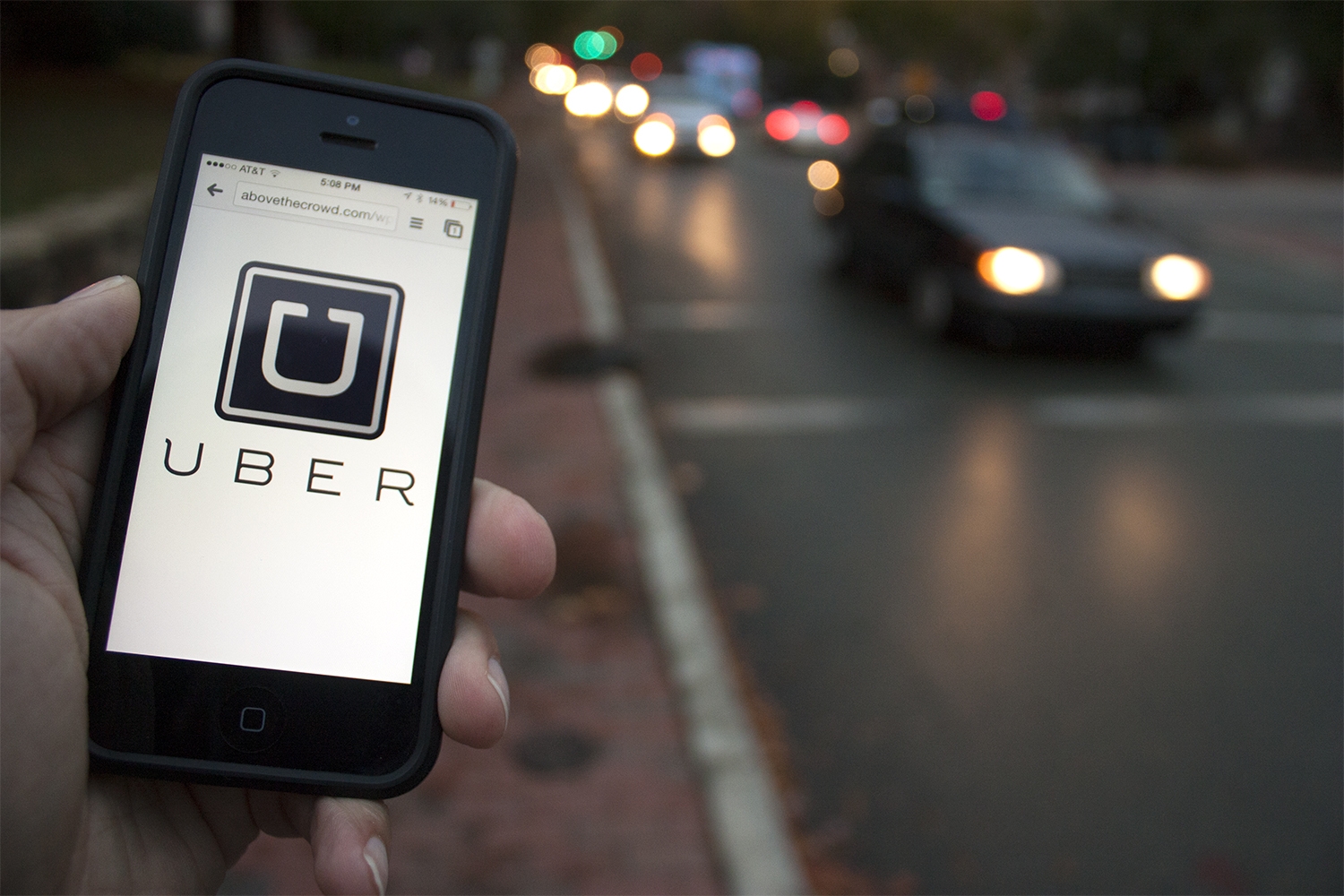 Accomodations Both Uber X and Lyft allow drivers to pick people up in their own rides, but regular Uber pickups get you in a company town car or sedan. I like knowing I won’t be riding in a broke-down jalopy.
Accomodations Both Uber X and Lyft allow drivers to pick people up in their own rides, but regular Uber pickups get you in a company town car or sedan. I like knowing I won’t be riding in a broke-down jalopy.
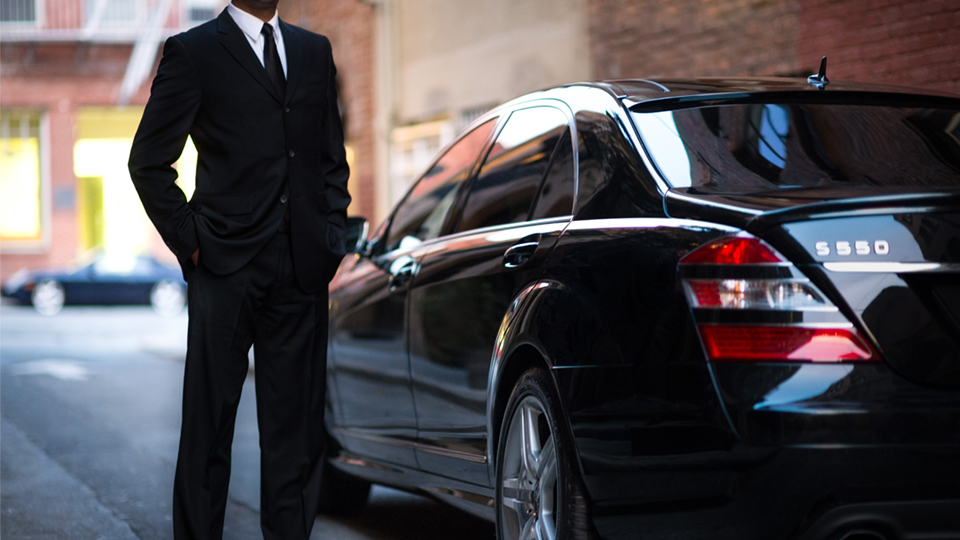
The privacy Lyft is trying to encourage sociability asking (but not forcing) passengers to ride in up front next to drivers and strike up a conversation. I prefer the hands-off Uber approach, where I can catch up on calls and correspondence in the back seat while I sip on the waters they’ve thoughtfully provided.
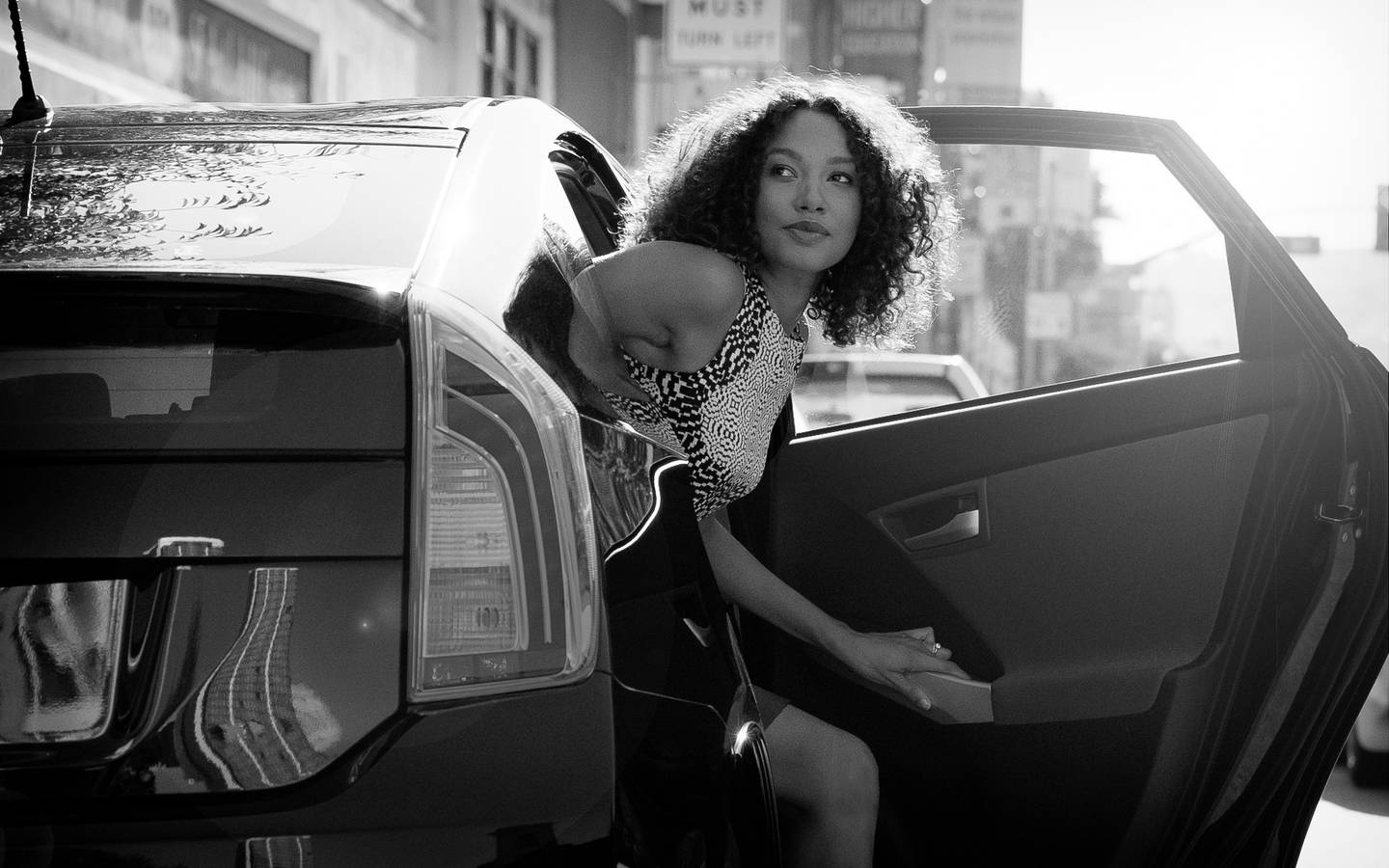
Despite Uber’s top executives shooting their mouth’s off at times, the only thing I can see being Uber’s achilles heel is the global government’s changing regulations. This could happen, but would probably affect all ride-share programs.
So there’s my breakdown; now tell me yours! Are you team Uber or Team Lyft?